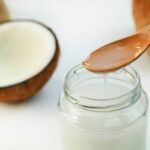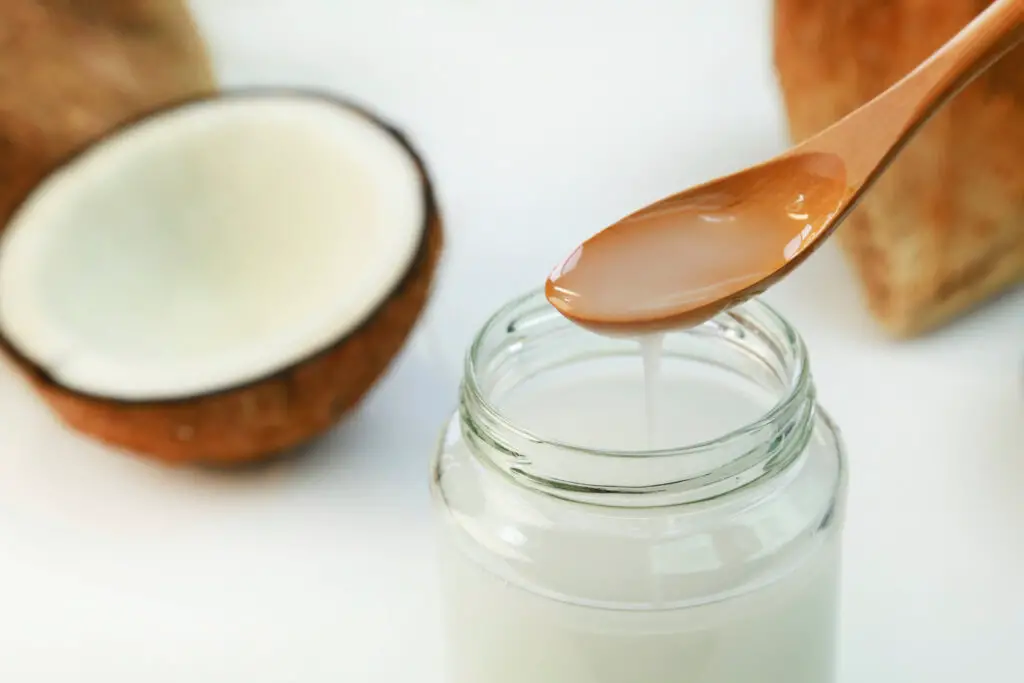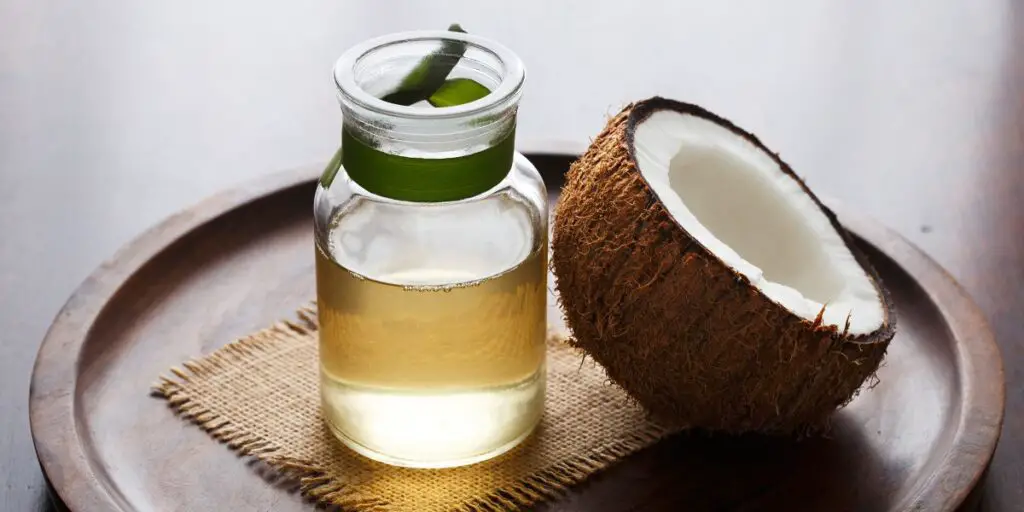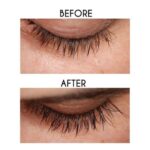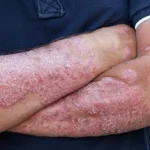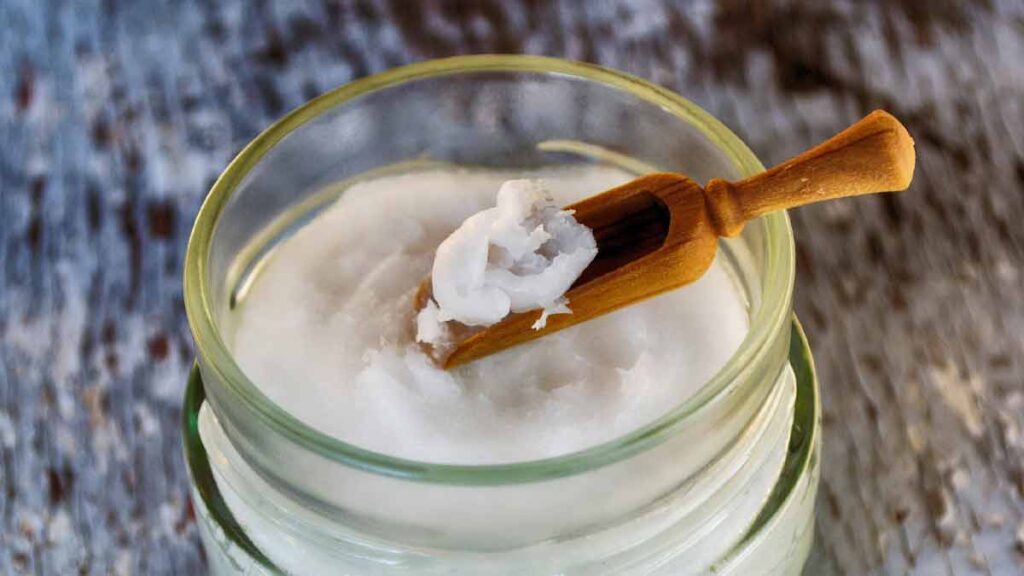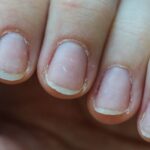
It’s no secret that diaper rash is an uncomfortable condition for babies. The redness and irritation can cause a lot of distress for both the baby and the parent.
While there are many products on the market to help soothe and treat diaper rash, one natural remedy that is growing in popularity is coconut oil.
Let’s take a look at how to use coconut oil for diaper rash and what things to keep in mind while using it.
Contents
- 1 How to Use Coconut Oil for Diaper Rash?
- 2 Alternatives of Coconut Oil for diaper rash:
- 3 Benefits of Using Coconut Oil for Diaper Rash
- 4 Is Coconut Oil Good for Diaper Rash?
- 5 What Kind of Coconut Oil for Diaper Rash is Good?
- 6 Can I Leave Coconut Oil on Baby Skin Overnight?
- 7 How Long Does It Take Coconut Oil to Treat Diaper Rash?
- 8 Precautions While Using Coconut Oil for Diaper Rash
- 9 Coconut Oil vs Diaper Rash Cream:
- 10 Conclusion:
How to Use Coconut Oil for Diaper Rash?
Here’s how to use coconut oil for diaper rash:
1. Coconut Oil as a Moisturizer
Coconut oil has been used as a moisturizer since ancient times.
It contains fatty acids that help keep skin hydrated, which makes it an ideal choice for treating dry or irritated skin caused by diaper rash.
Simply apply a thin layer of coconut oil directly to the affected area several times per day, or after each diaper change.
This will help restore moisture to the skin and prevent chafing between diaper changes.
2. Anti-Fungal Properties
Coconut oil also contains anti-fungal properties which make it useful in treating fungal infections like yeast that may be causing your baby’s diaper rash.
Before applying coconut oil to the affected area, you should always consult with your doctor to ensure you are dealing with a fungal infection and not something else.
Once you have been given the go-ahead from your doctor, apply a thin layer of coconut oil directly to the affected area several times per day or after each diaper change until you start seeing results.
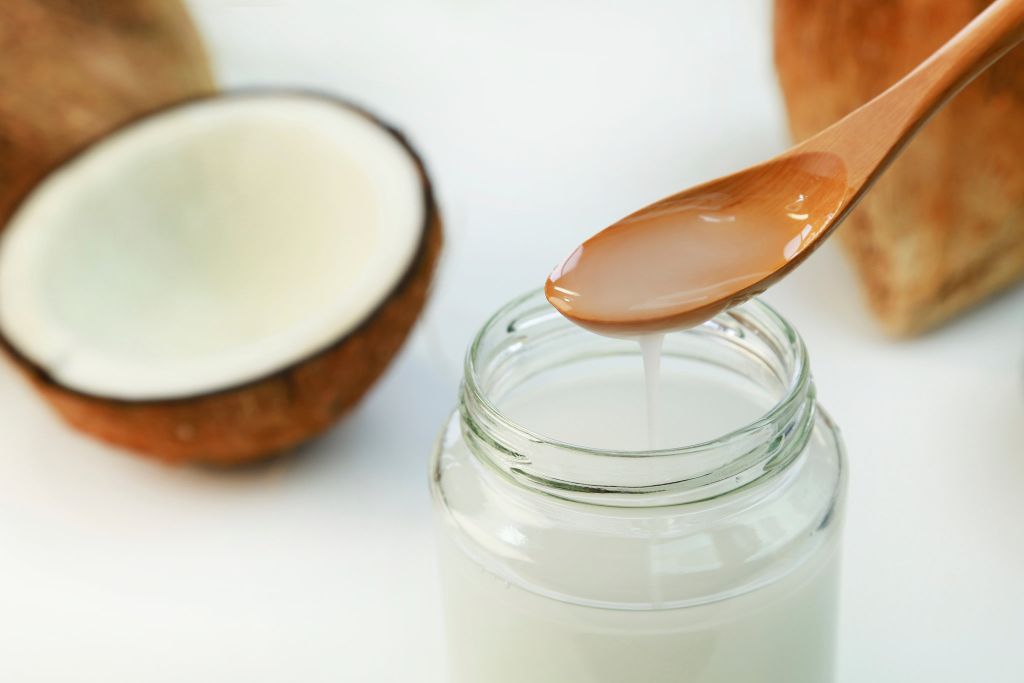
Alternatives of Coconut Oil for diaper rash:
There are a few alternatives to coconut oil for diaper rash. These include:
- Petroleum jelly: This is an effective barrier that can help to protect the skin from further irritation.
- Zinc oxide cream: This is a topical cream that helps to soothe and protect inflamed areas of the skin.
- Cornstarch: This powder helps to absorb excess moisture and can help to keep the skin dry.
- Aloe vera gel: The natural anti-inflammatory properties of aloe vera can help to reduce redness and swelling associated with diaper rash.
No matter which option you choose, it is important to always clean the area before and after each diaper change. This can help to reduce the risk of infection and keep your baby comfortable.
Benefits of Using Coconut Oil for Diaper Rash
Here are 5 key benefits of using coconut oil for diaper rash:
- First, its moisturizing properties can relieve dryness and help soothe inflamed skin.
- Second, it helps restore the natural pH balance of the skin that is often disrupted when a baby wears a diaper.
- Third, its antibacterial abilities guard against infection while healing a diaper rash.
- Fourth, it helps create a protective barrier to prevent further irritation from wet diapers.
- Finally, coconut oil is known to be hypoallergenic, making it safe for sensitive infant skin. All in all, coconut oil makes for an ideal treatment for those experiencing the woes associated with diaper rash!
Is Coconut Oil Good for Diaper Rash?
Yes! Coconut oil is a safe and effective way to treat diaper rash, as it has moisturizing properties that can help keep the skin hydrated and free of irritation.
Coconut oil is an amazing natural remedy that can help soothe your baby’s diaper rash. The natural antibacterial and antifungal properties of coconut oil make it a perfect choice both for the prevention and treatment of diaper rash.
Be sure to use only unrefined, organic coconut oil free from harsh chemicals—your baby’s delicate skin will thank you!
What Kind of Coconut Oil for Diaper Rash is Good?
Most raw, unrefined coconut oils are the best because of their natural anti-inflammatory properties; this means they won’t make any irritation worse.
To get the most benefits from your coconut oil for diaper rash, look for options that are certified organic and cold-pressed because these methods help to retain the natural nutrients that can give babies’ skin a much-needed boost.
Additionally, keep in mind that not all coconut oils are created equal – avoid anything made with mixtures or additives as these can often irritate already sore skin further.
Can I Leave Coconut Oil on Baby Skin Overnight?
Yes, you can leave coconut oil on baby skin overnight. It is safe and generally non-irritating even for sensitive skin.
However, it is important to remember that coconut oil will not cure all diaper rashes and infections, so if your baby’s rash persists despite using a coconut oil treatment, be sure to talk to your pediatrician about other treatments.
It is also important to note that it can be difficult for a diaper to fit over coconut oil-coated skin, so if you choose to leave the oil on all night, use a larger diaper or consider using cloth diapers.
How Long Does It Take Coconut Oil to Treat Diaper Rash?
The length of time it takes for coconut oil to treat diaper rash depends on the severity of the rash, as well as how often you apply the oil.
So, how long does it take coconut oil to treat diaper rash?
Generally, you should start seeing improvement after a few days of use.
If your baby’s rash persists despite regular applications of coconut oil, contact your pediatrician for further guidance.
Precautions While Using Coconut Oil for Diaper Rash
Let’s take a look at the precautions and best practices when using coconut oil on diaper rash.
1. Check For Allergies
Before you use any new product on your baby, you should always check with your pediatrician first.
Coconut oil is generally considered safe for babies, but everyone is different and certain ingredients may bother your baby more than others.
It’s also important to do a patch test on your baby’s skin prior to using coconut oil topically, as some babies may be sensitive to the oils in the product.
If you suspect an allergic reaction or irritation occurs after application, discontinue use immediately and consult with your doctor as needed.
2. Avoid Synthetic Oils
When treating diaper rash with coconut oil, be sure to only purchase pure, unrefined products that are free from other synthetic ingredients or fragrances.
Many companies add synthetic oils into their coconut oil products which can further irritate already sensitive skin.
Be sure to read labels carefully and opt for organic options if possible.
3. Do Not Overuse
Even though it is natural and safe for most babies, it’s still possible to overdo it with coconut oil when treating diaper rash.
If used too often or in too large of quantities, the thick consistency of the product can create a barrier between the skin and air which could make irritation worse in some cases depending on the severity of the rash.
The American Academy of Pediatrics recommends changing diapers frequently throughout the day (at least every two hours) which will help reduce irritation from moisture build-up more quickly than relying solely on topical solutions like coconut oil alone.
Coconut Oil vs Diaper Rash Cream:
When it comes to treating diaper rash, there is no one-size-fits-all solution. Depending on the severity of your baby’s rash, you may want to consider both coconut oil and traditional diaper rash creams.
Coconut oil is generally safe for babies and can be used as a preventative measure to help protect the skin from moisture and friction.
However, if your baby’s rash is persistent or severe, a diaper rash cream may be more effective in helping to soothe and heal the affected area.
Conclusion:
Coconut oil has many uses – from cooking and cleaning around your house – but its most unique user may be in treating diaper rash in babies!
By combining its moisturizing and anti-fungal properties together, coconut oil can provide relief from common types of rashes due to irritation from diapers or yeast infections due to fungi overgrowth in babies’ sensitive areas.
When used correctly, it can be an effective way to ease discomfort while keeping the baby healthy and happy!
